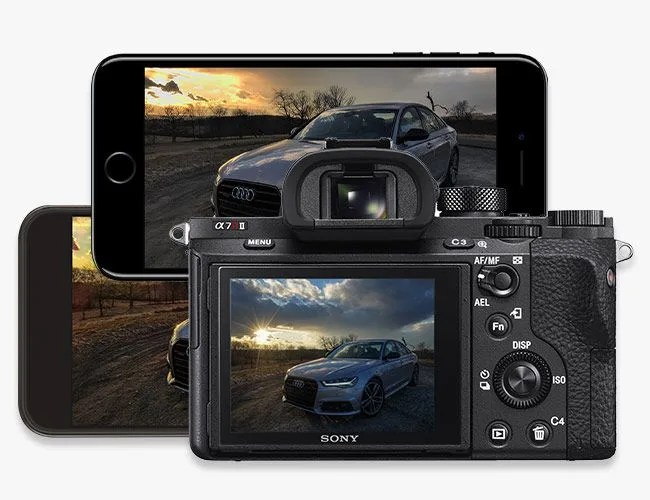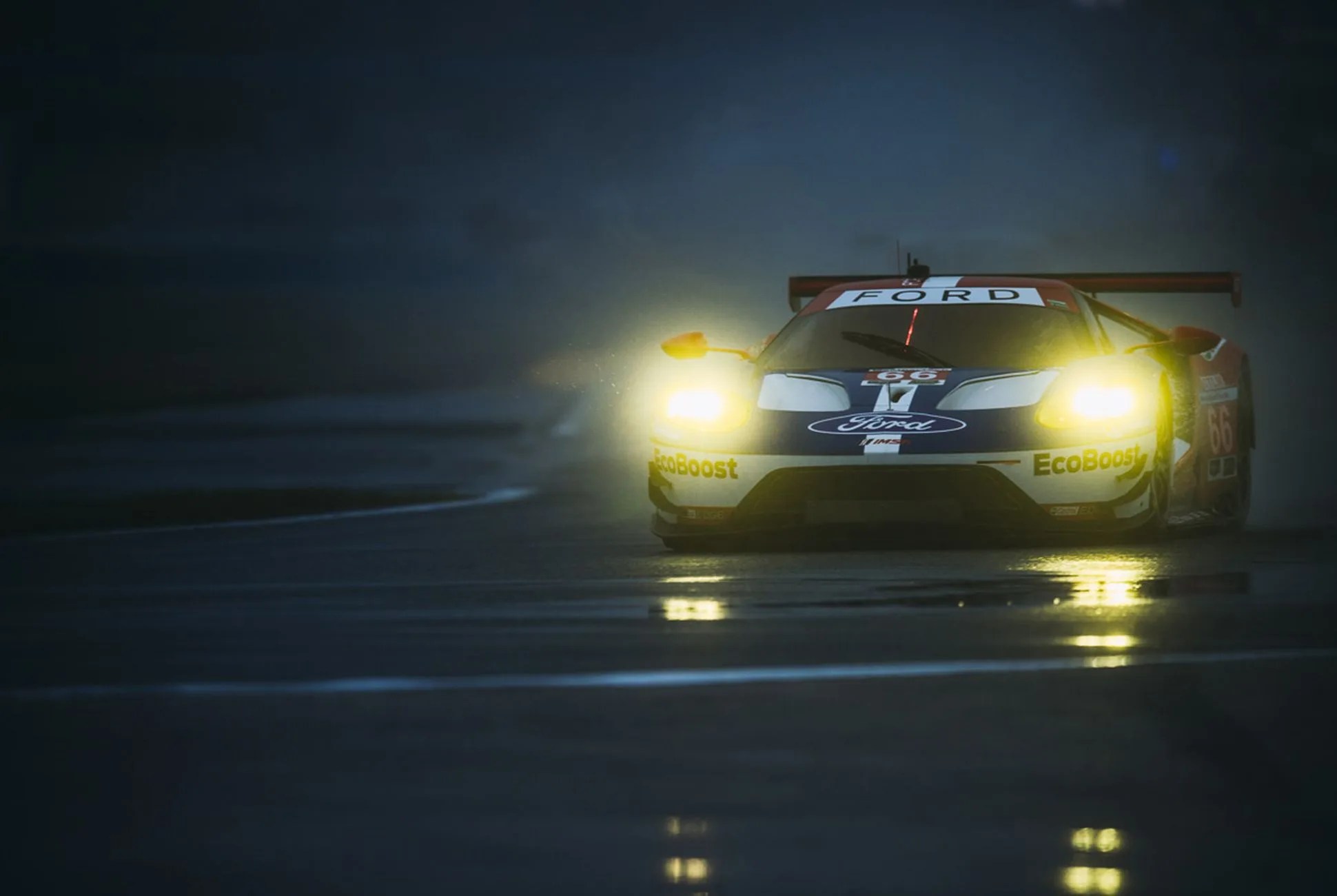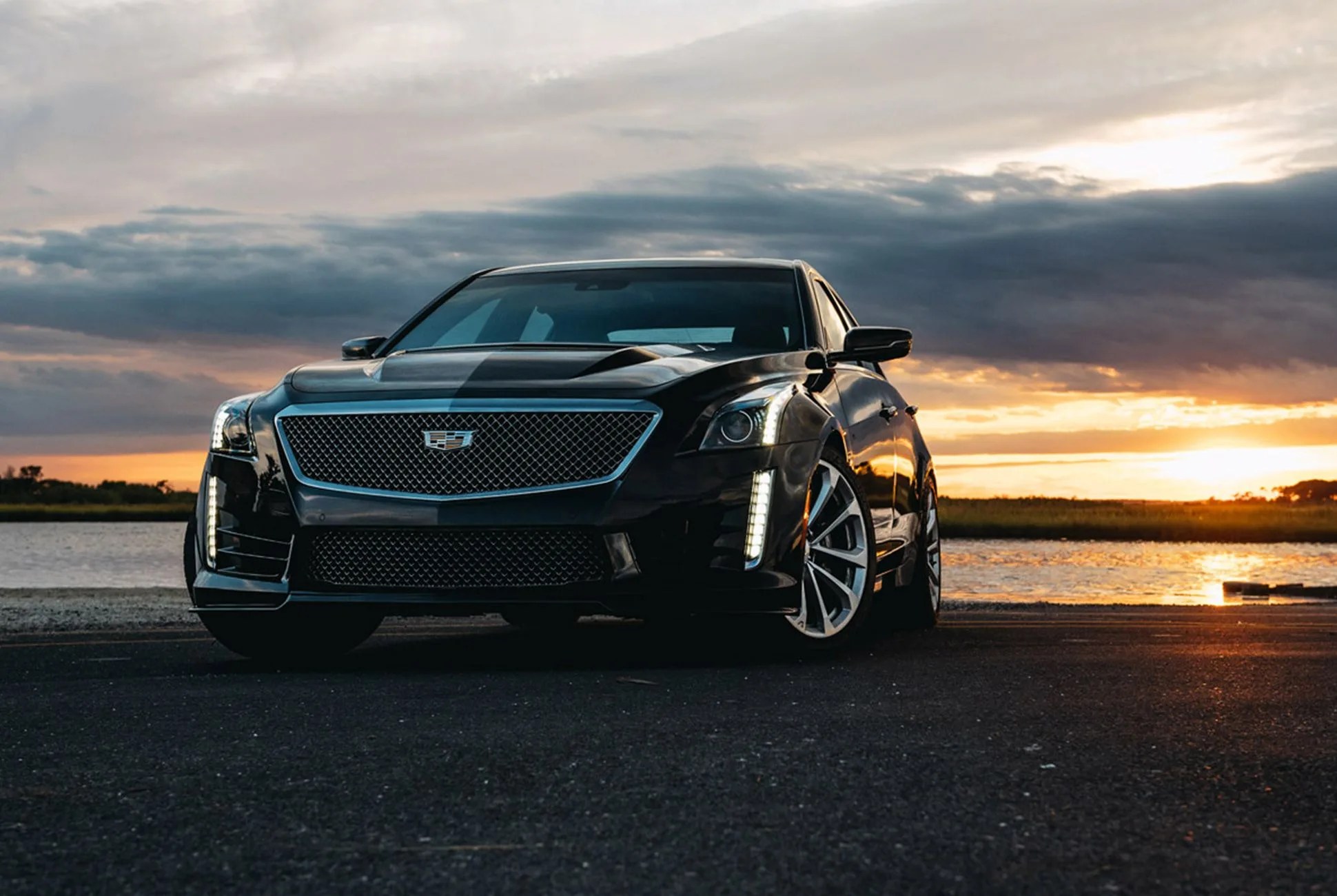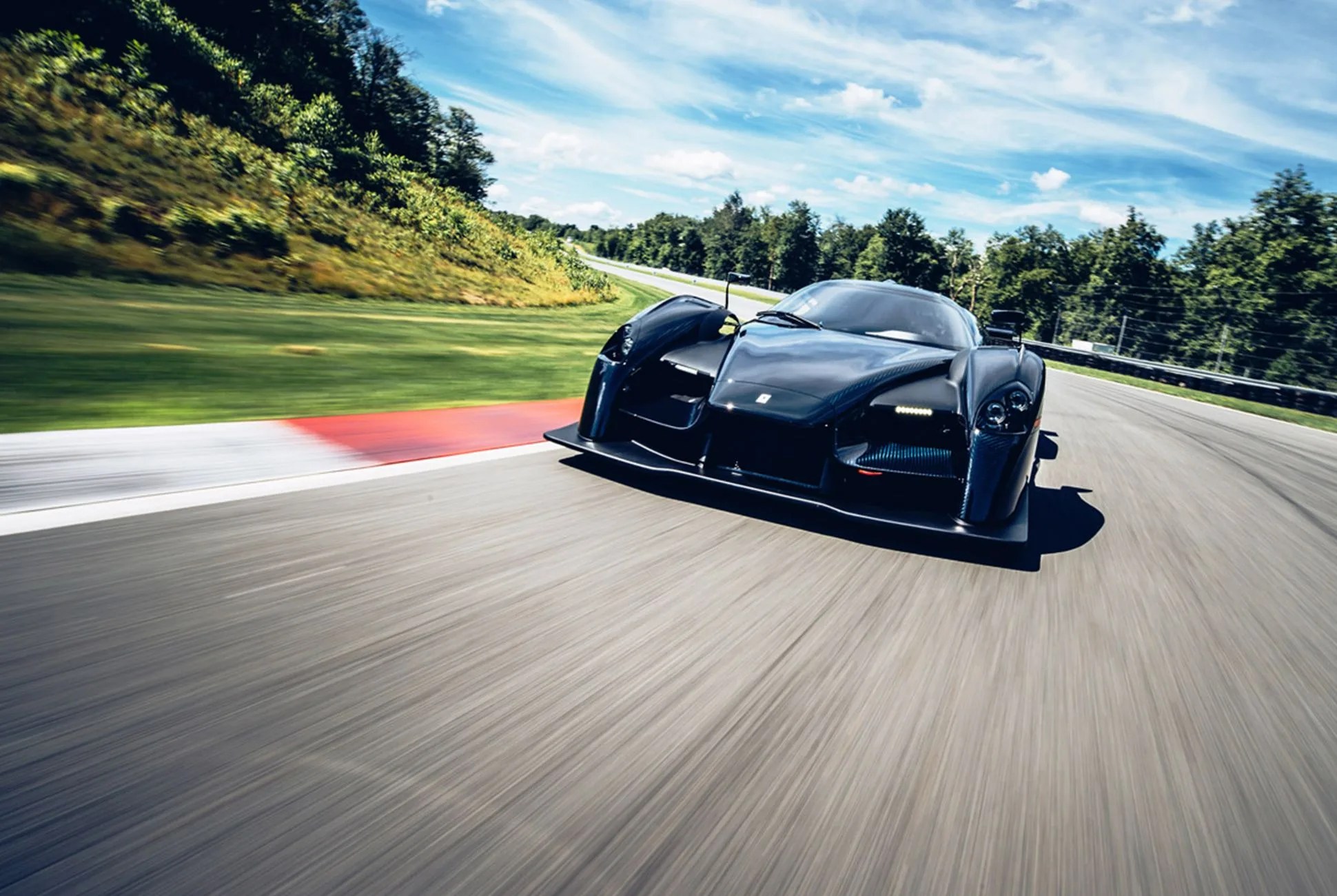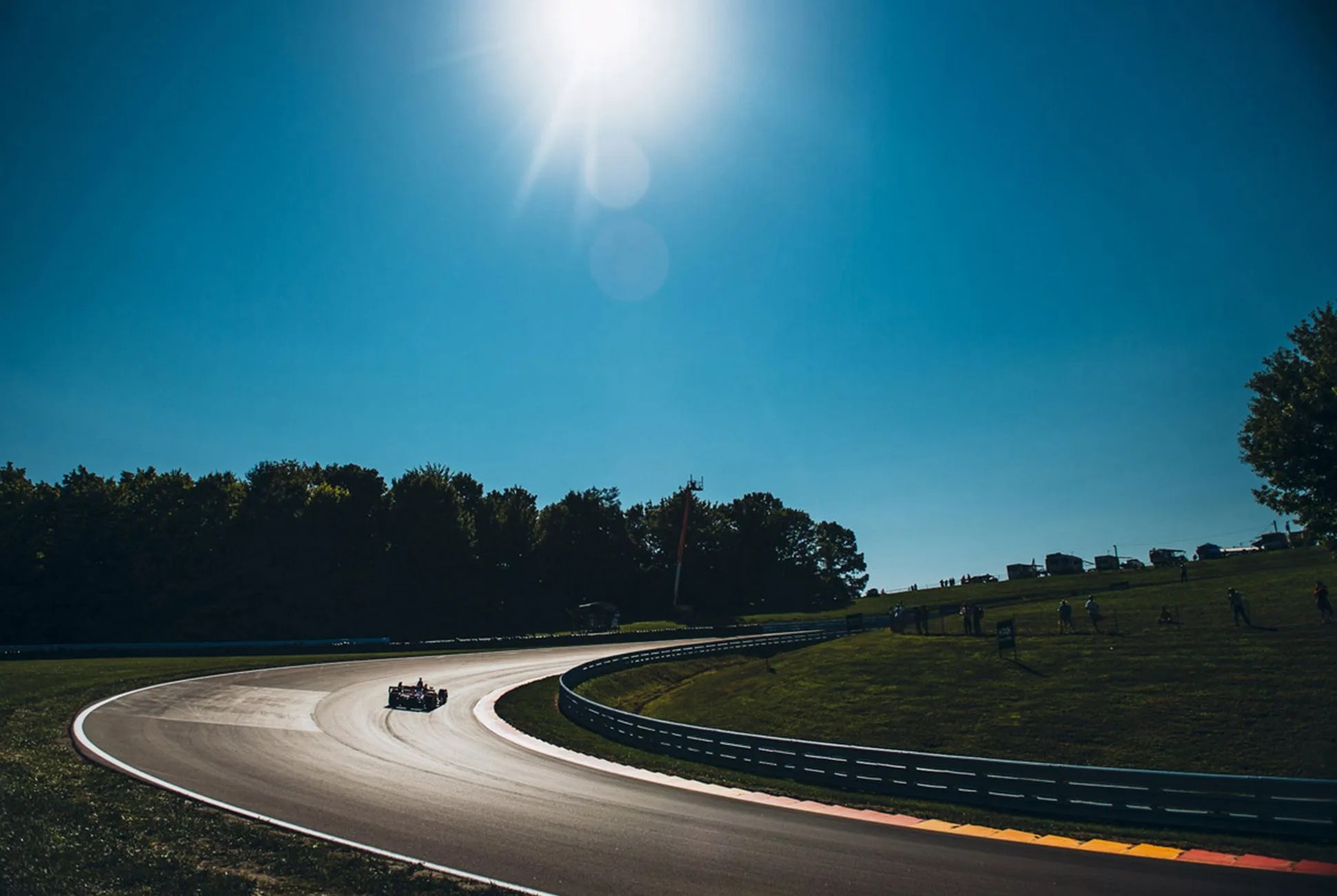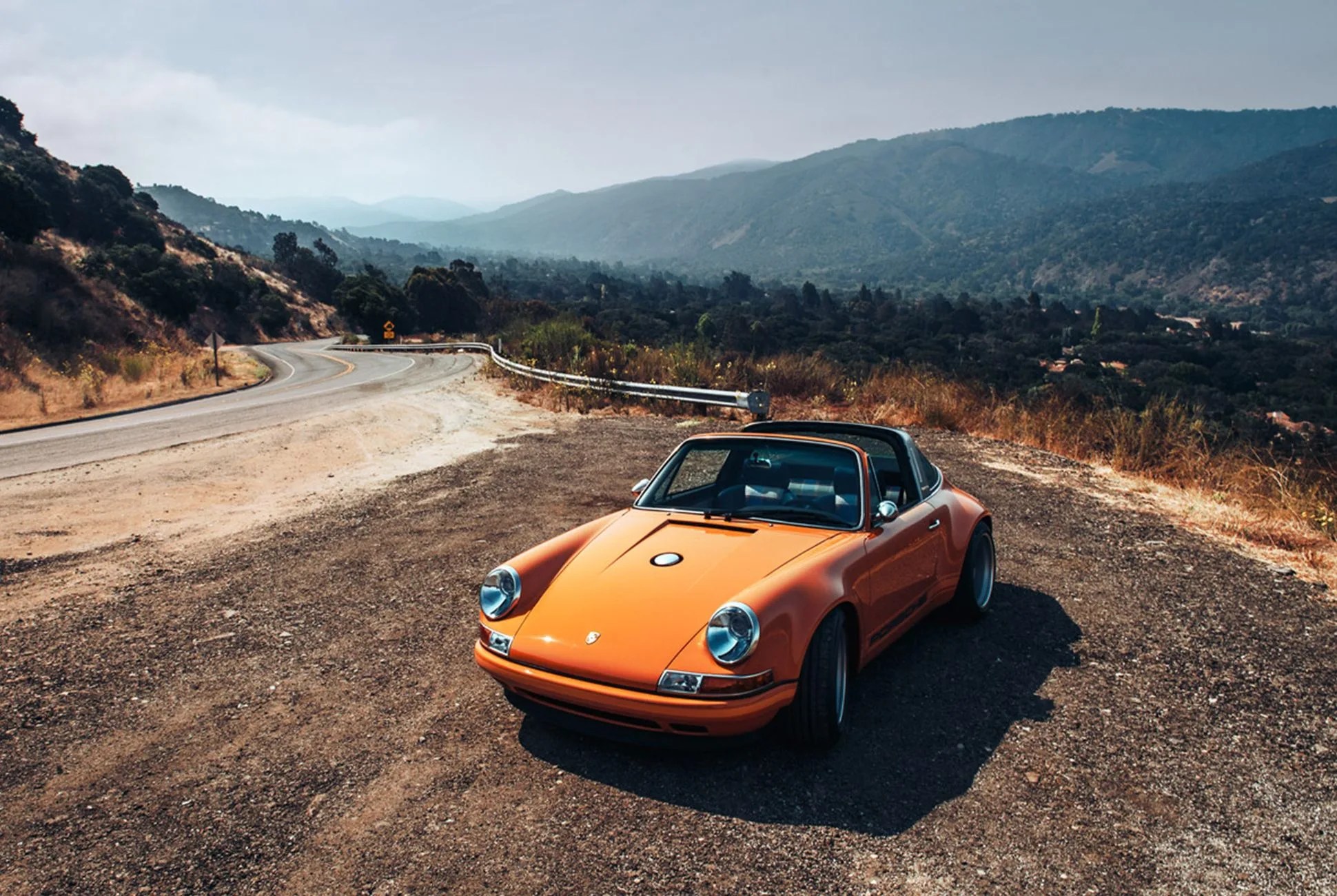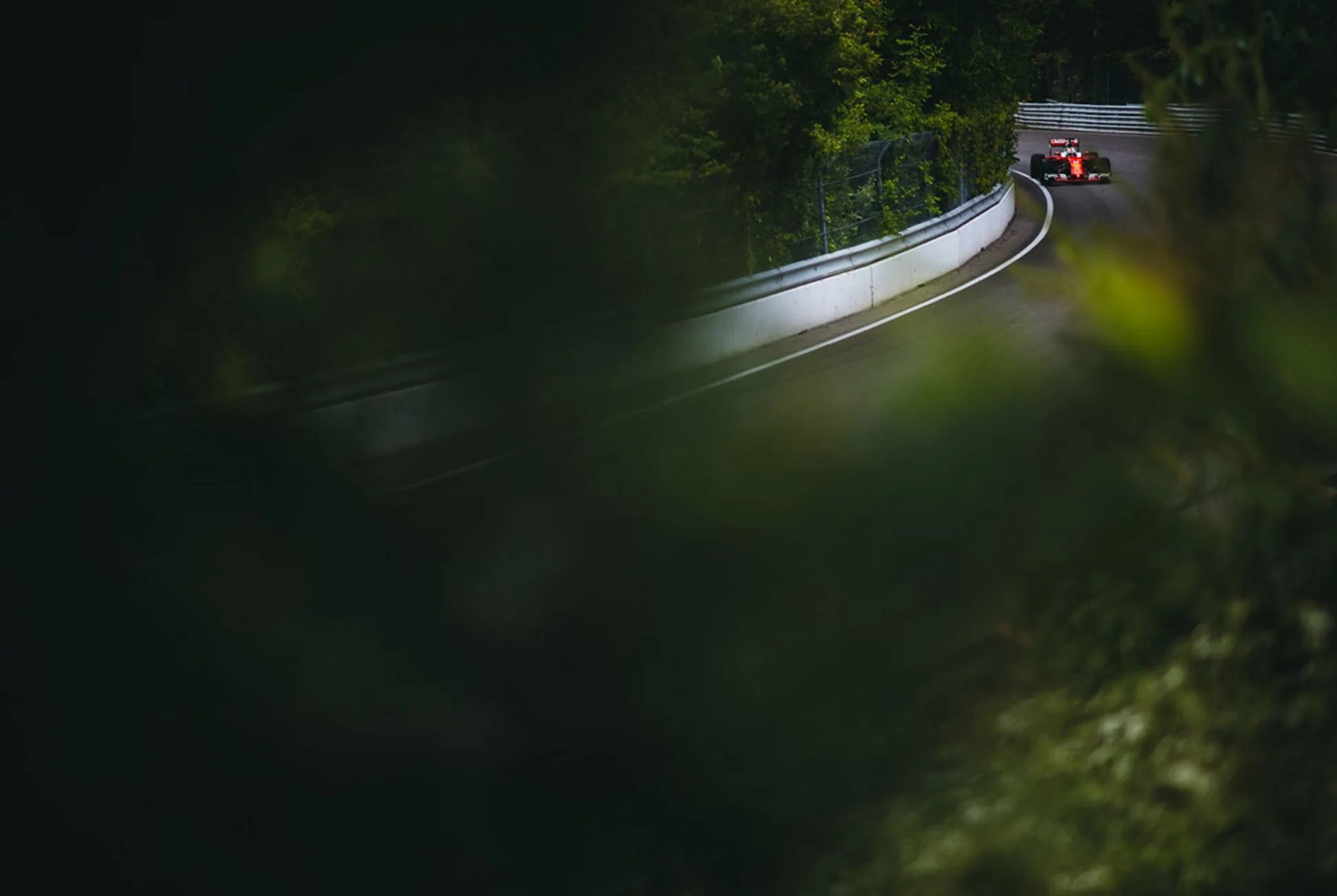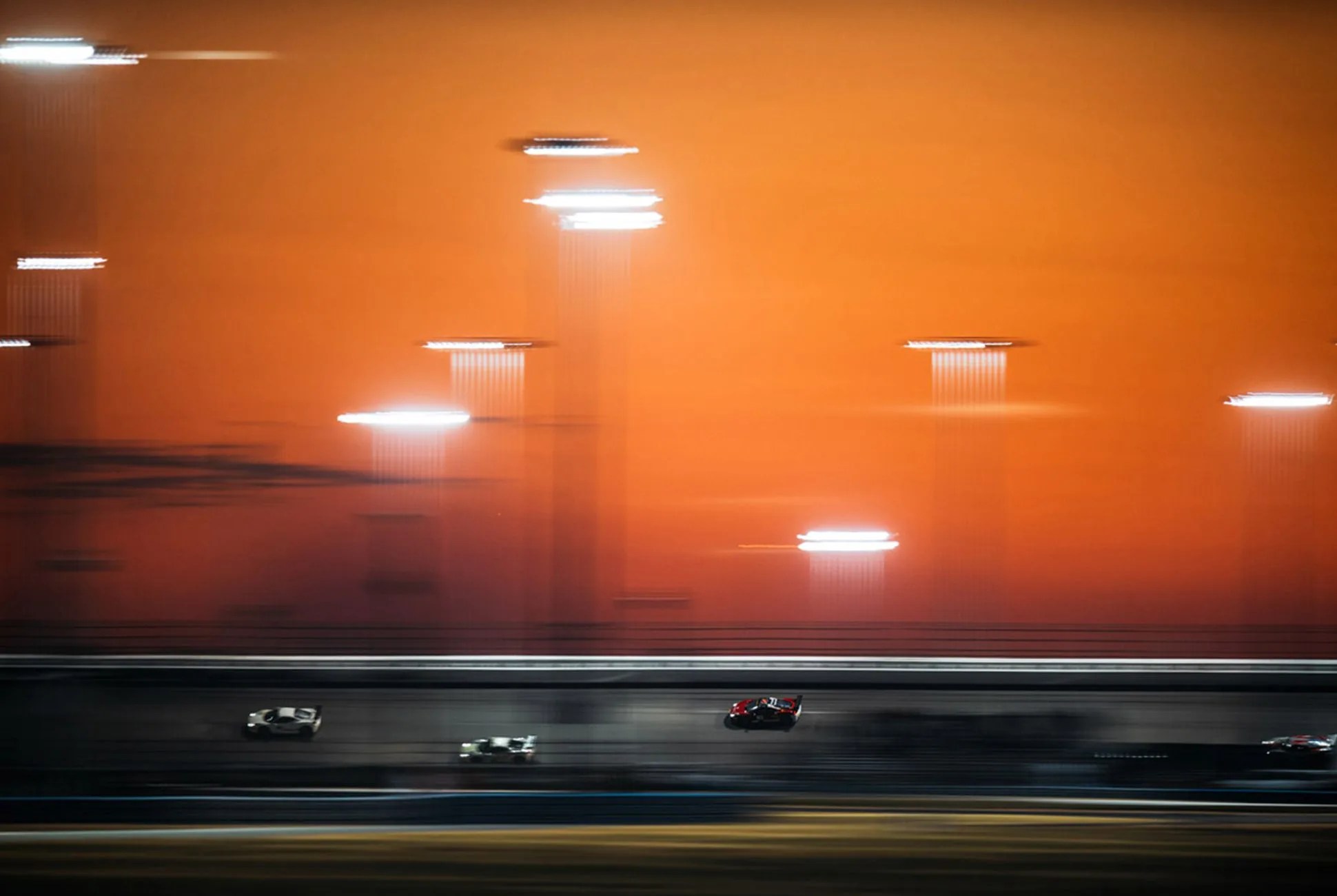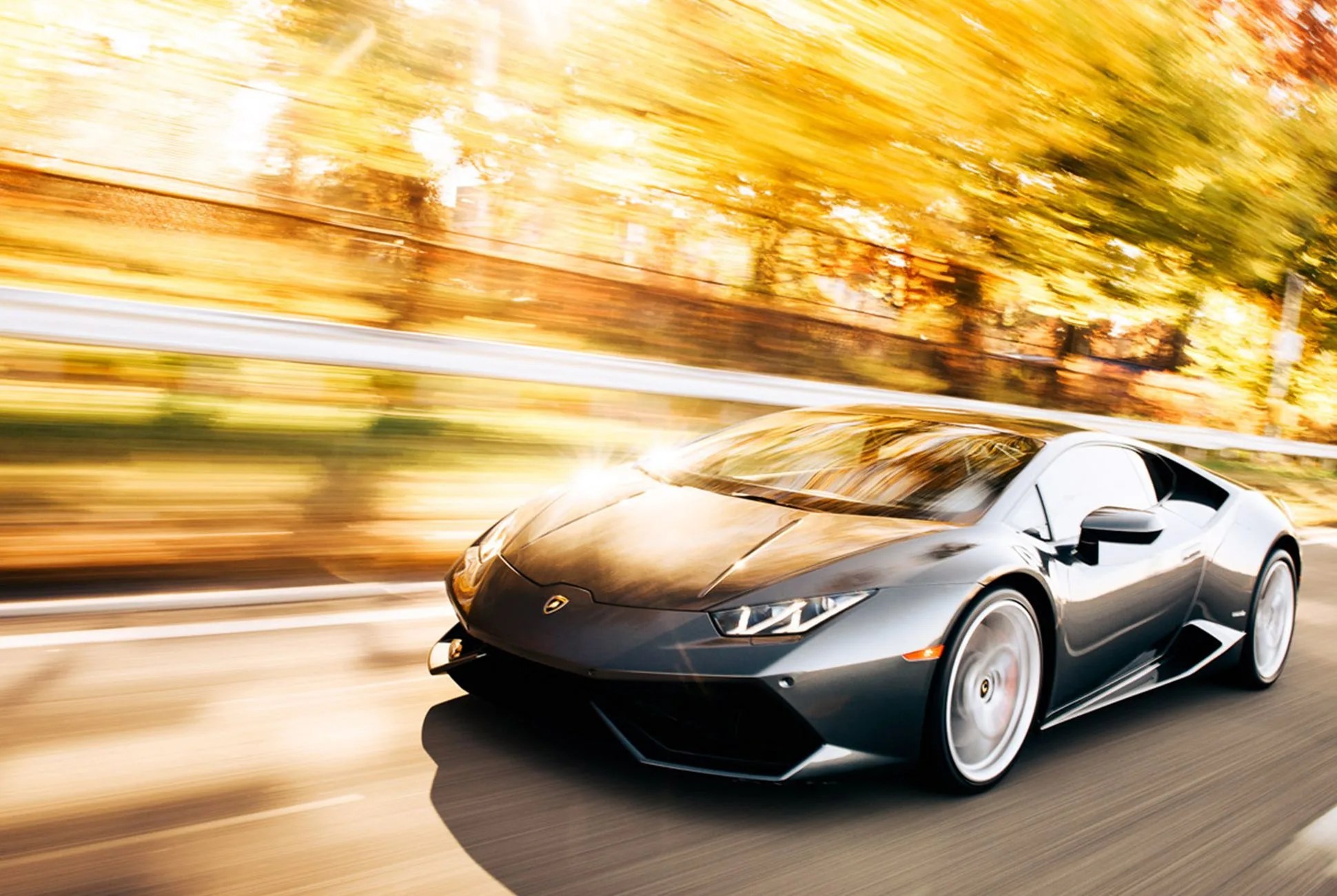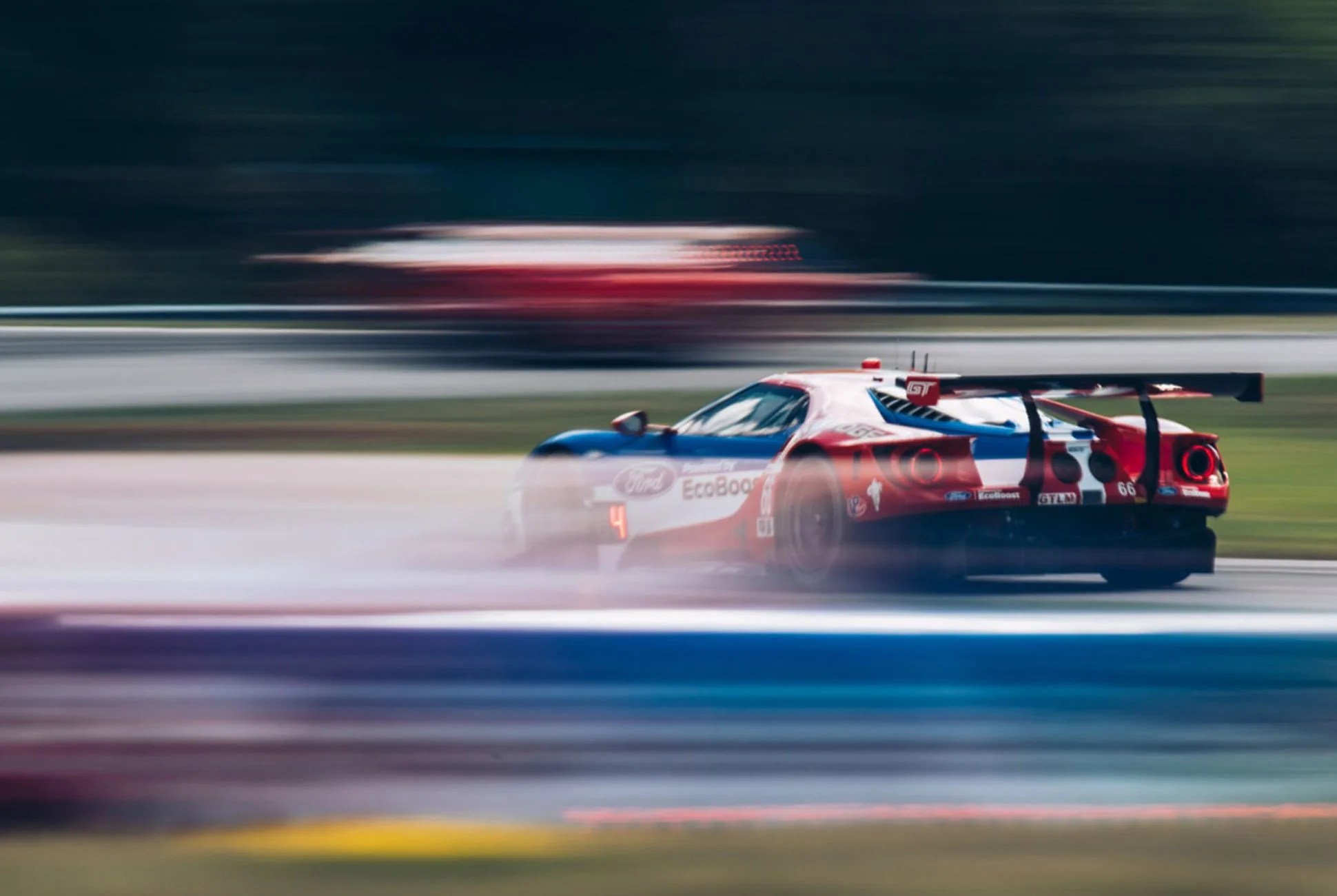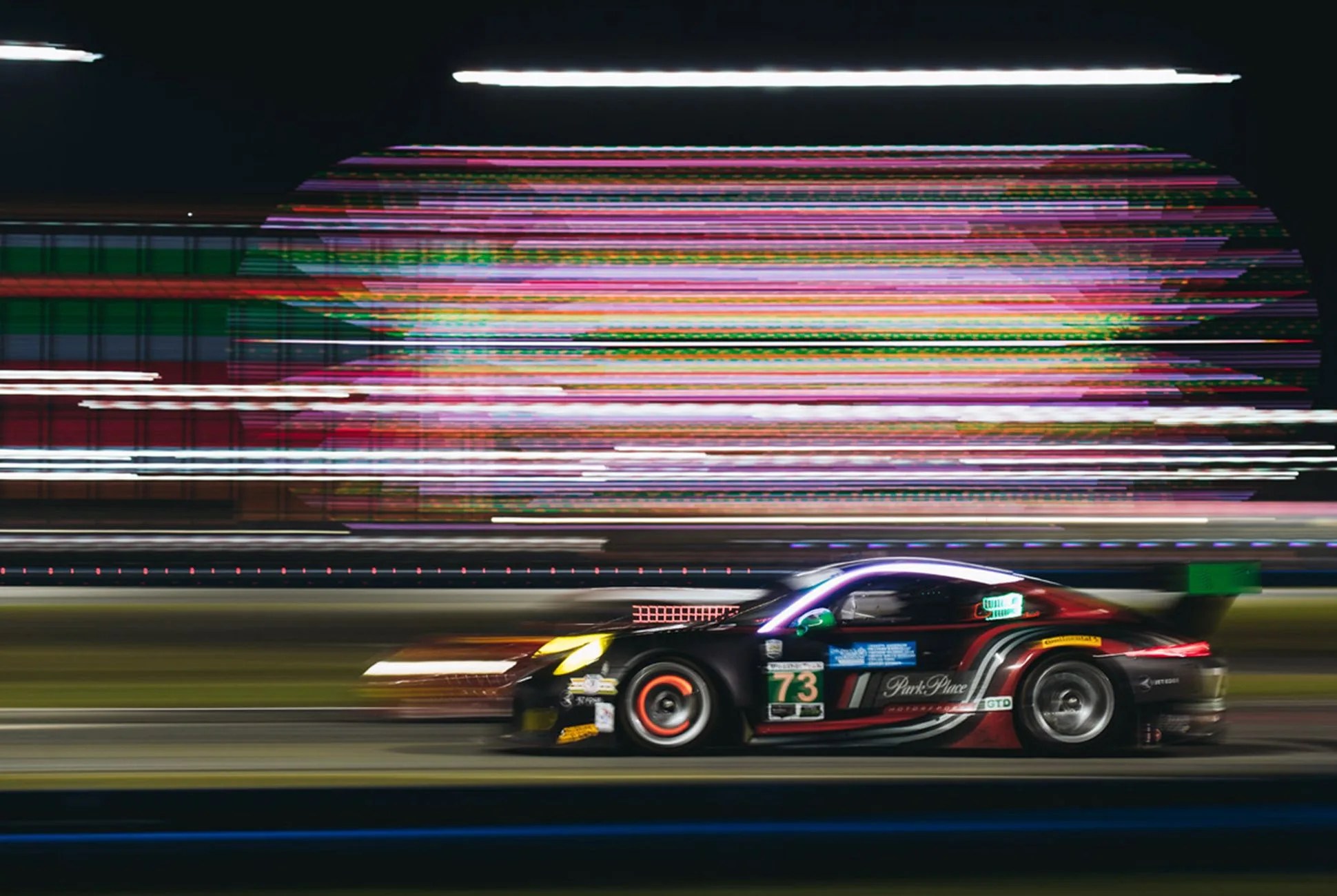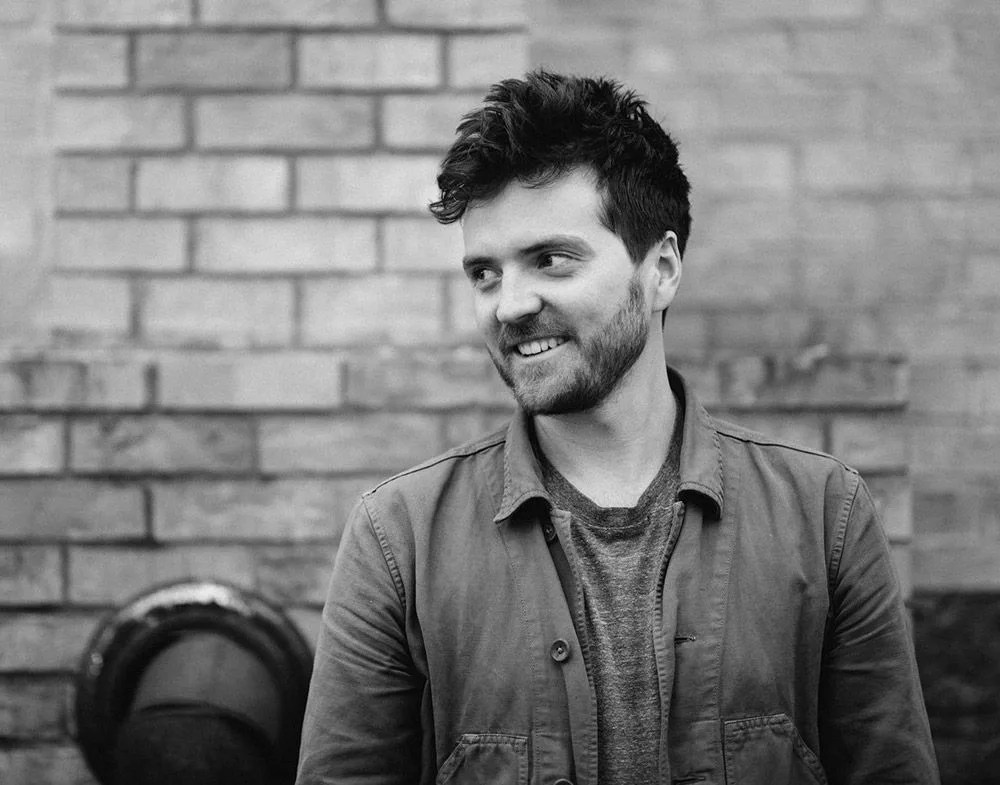Editor’s Note: Learn something new? Show us your car photo skills — tag @gearpatrol in your next Instagram shot for a chance to be featured.
If you’re able to just whip out your phone, point it at a passing car and capture an image so beautiful it breaks Instagram — congratulations. You’re an automotive photography savant. For the rest of us, a little more practice, know-how, and setup is necessary to get the right shot of the right car at the right time, whether by from-the-hip smartphone shots or focused, choreographed, timed pro-DSLR photos.
A basic rule of thumb: “It should be a good picture without the car in it,” says DW Burnett. Burnett has photographed his fair share of cars as one of Road & Track magazine’s go-to photographers for car reviews; he’s also covered motorsports from F1 to Rally Cross and served as the American Endurance Racing official site photographer, conducting on-track photo shoots. Burnett shared a few basic tips on how to capture cars like a seasoned pro.
Know your surroundings. The environment can have a big hand in the way your photograph is framed. “If you have a mountain backdrop and winding road, if you took the car off the road, would it still be a compelling picture?” Undoubtedly, a beautiful backdrop lends itself to a beautiful image — but say you’re stuck with a distracting environment and a beautiful car. What then? Burnett says: “Start moving around. One way to block out a bad environment is to get above the car.”
Another way to work with a bad backdrop is to do the opposite: get low and use the car to fill up your lens. Either way, Burnett always defers to an old adage: “You shouldn’t know how tall the photographer is.” In other words, crouch or climb up on something; photos from standing height will look average at best.
6 photos
Balancing the whole image is key. The rule of thirds is one of the most basic rules in photography, and it’s something Burnett thinks about constantly when composing a photo. “Putting the car dead-center in the frame may not be the right choice if you’re supposed to be illustrating direction or motion; if the car is coming in from the left, make sure you leave space on the right.”
